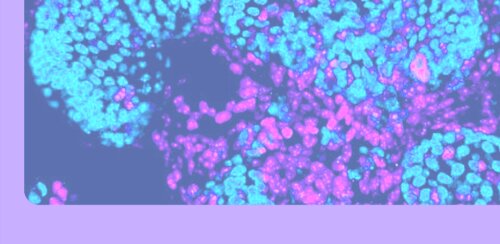Cancer Research Day UAntwerp
12 March 2025 at UZA
Synergizing Industry and Cancer Research

TIME
9:00 - 16:30
LOCATION
UZA, New Auditorium Kinsbergen, follow ROUTE 12 as of the entrance.
Coming by car? Take P2 of UAntwerp (free) or the carpark at UZA (paying). Allow 5-10 minutes walking time to the Auditorium.
REGISTRATION is closed
Keep an eye on this website for our next Research Day!
PROGRAM (ABSTRACTS at the bottom of this page)
09:00 | WELCOME |
09:10 | PLENARY SESSIONS 1
|
10:10 | BREAK |
10:30 | PLENARY SESSIONS 2
|
11:15 | PITCHES RESEARCHERS
|
12:11 | Q&A |
12:25 | LUNCH |
13:05 | KEYNOTE SPEAKERS
|
14:05 | PITCHES COMPANIES
|
14:54 | Q&A |
15:25 | BREAK OUT SESSIONS |
16:30 | END |
INFO:
Services and expertise